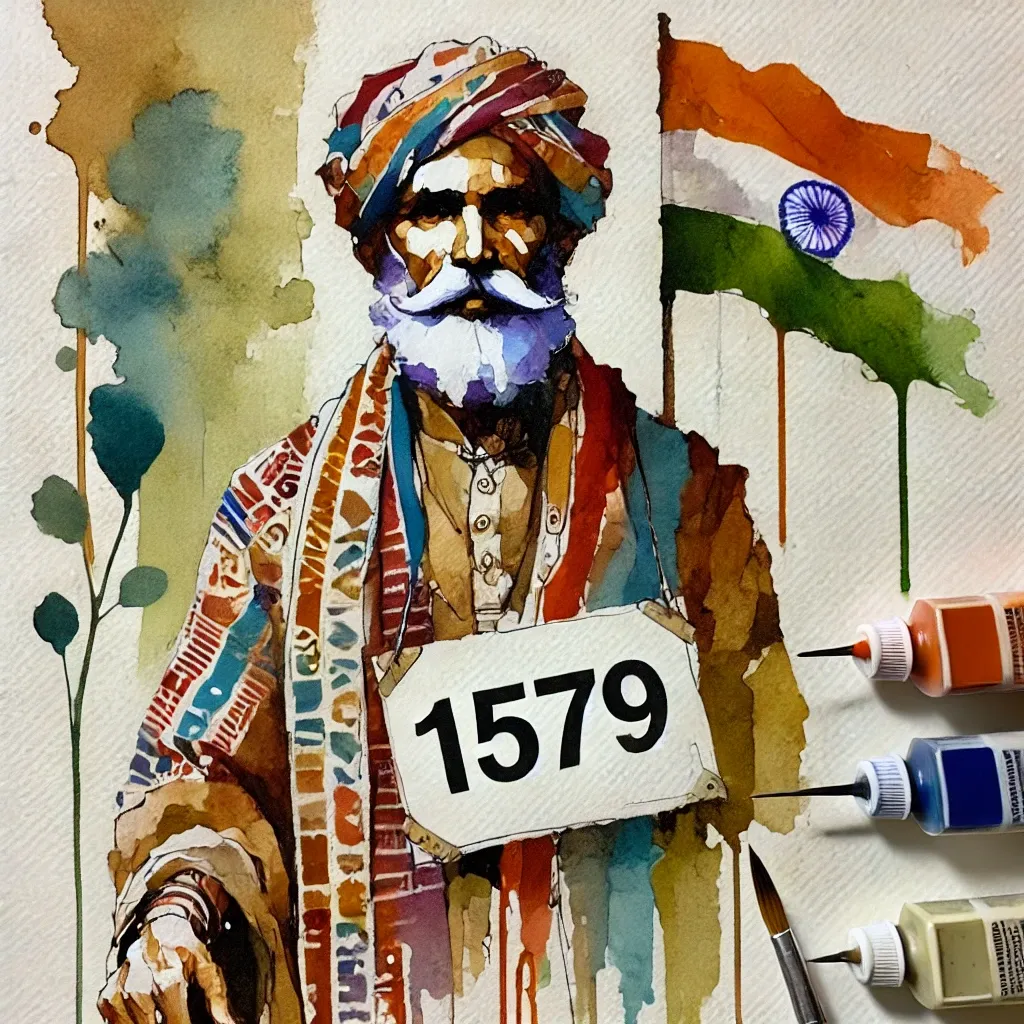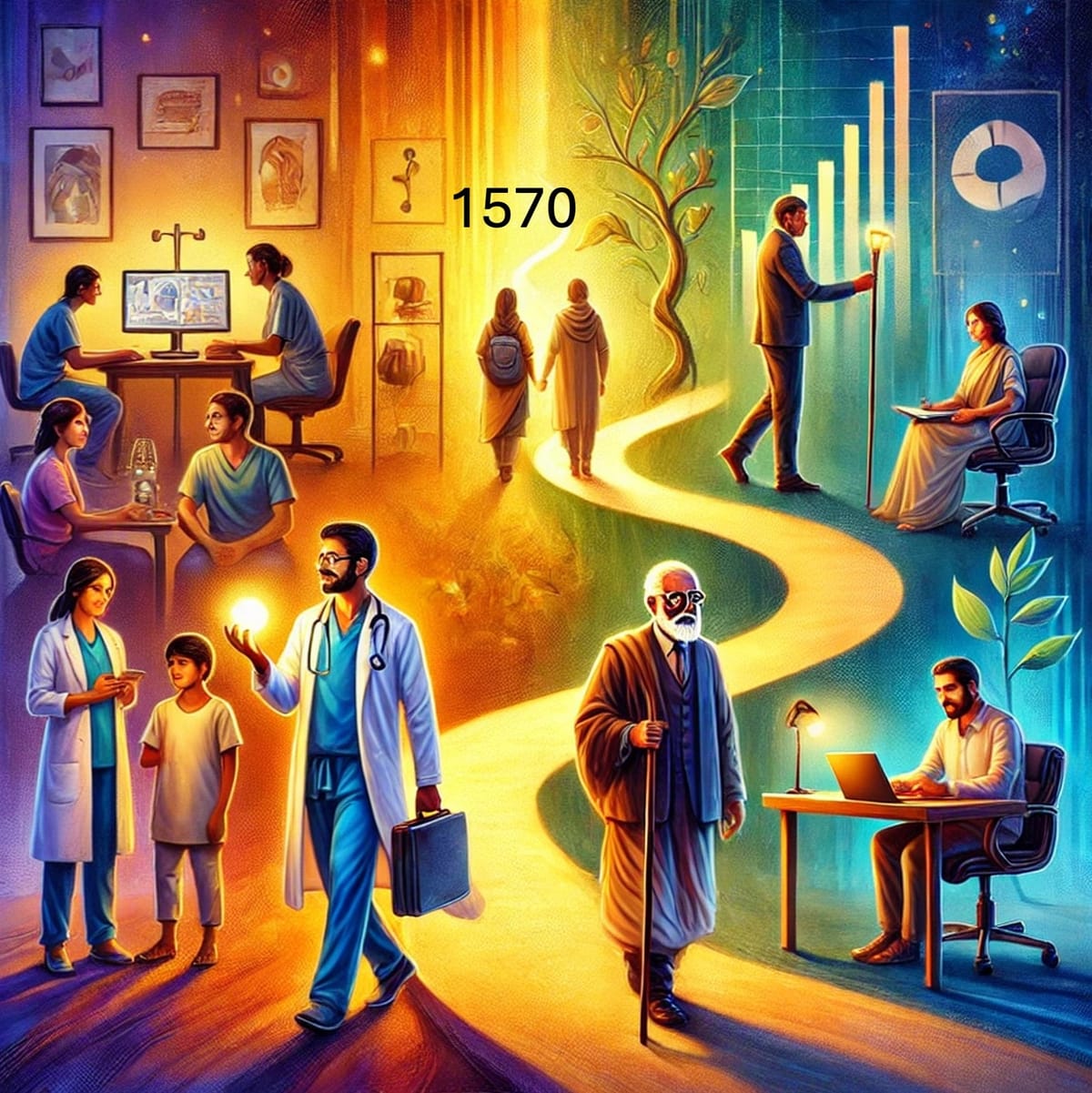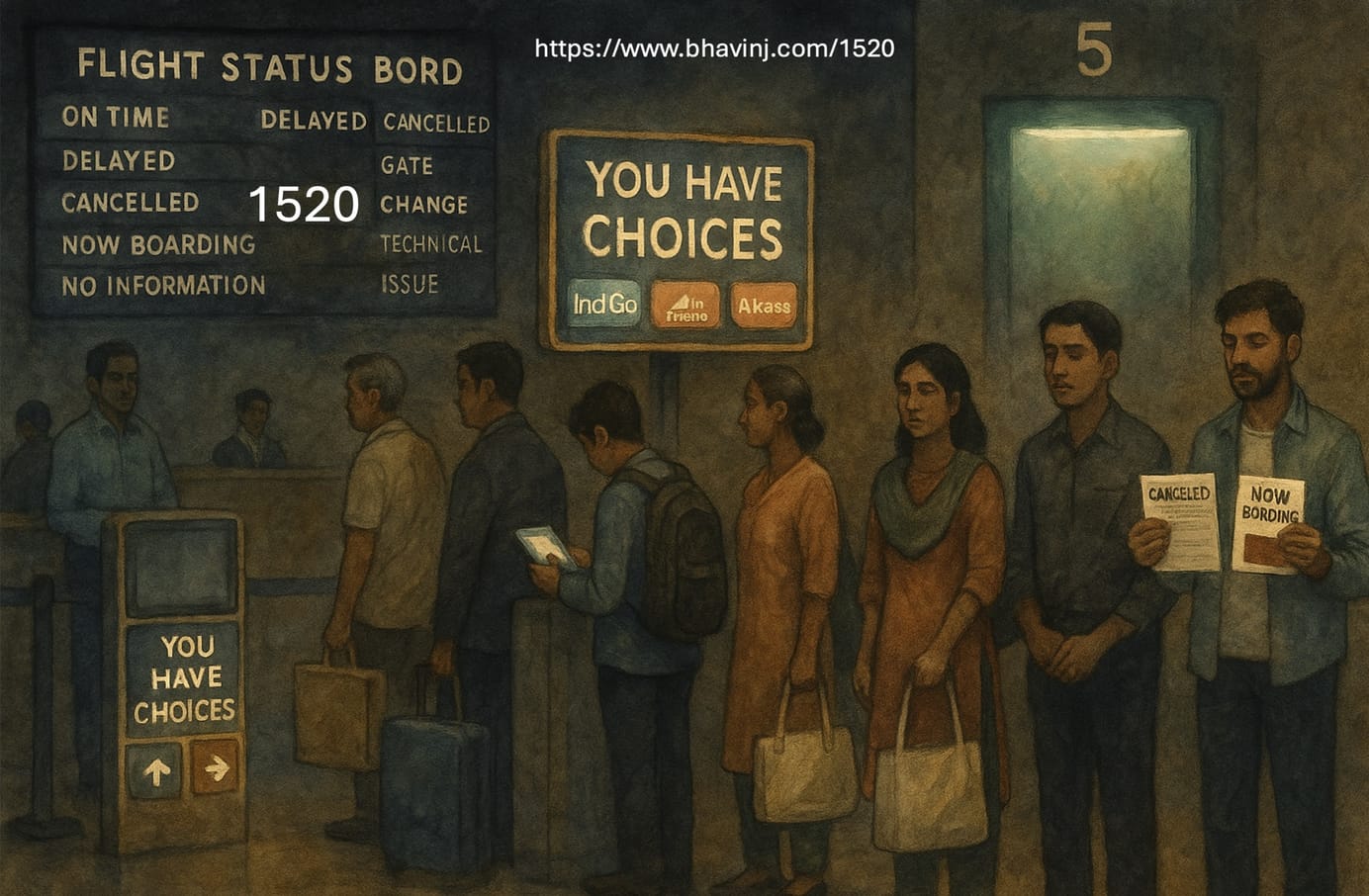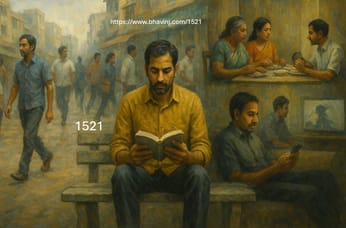
Counting Down to 90 - Week 1547 - Aab-e-Kausar, Gobi Manchuri, Zamzam-Soaked Kafan and High-Heeled Shoe
Banu Mushtaq’s collection of short stories is a wonderful read, clearly helped by Deepa Bhasthi’s excellent translation
The Concept Explained

Audio
Link to click if you don't see the audio below.
Text
A LitHub post in April mentioned that Heart Lamp had been shortlisted for the International Booker Prize. The book is a collection of Kannada short stories by Banu Mushtaq translated by Deepa Bhasthi into English. I ordered it and started reading it immediately. For me, the best way to read a short story collection is one story a day, so by the time I finished the book (with many missed days), it had already won the International Booker Prize last week.
What I didn’t know at the time when I started reading the book, is that it was Ms. Bhasthi who decided which stories to translate and there was no other back and forth between the two, except when Ms. Bhasthi needed some clarification related to the meaning of some words and colloquialisms.
The style is staccato…short sentences quickly unfolding the scene or the dialogue, which can feel jarring initially, but that is Ms. Mushtaq’s style and eventually I got used to it.
The stories are mainly set in Hassan, Karnataka where Ms. Mushtaq lives and works as an activist and lawyer. There is just one story in the book, narrated in the first person, featuring herself as a wife and lawyer, “The Arabic Teacher and Gobi Manchuri”, one of the few funny stories that is so weird, you know it has to be true.
Most of the stories are about the burden that women from low and middle income groups in small towns, especially Muslim women (since that is the milieu she writes about) bear and their mistreatment at the hands of their husbands in particular and society in general. The poorer you are, the worse it gets. So, the first story, “Stone Slabs for Shaista Mahal” and then “Heart Lamp” and a few others focus on their mistreatment by their heartless husbands and families and the effect this has on their children. These shine a light on a segment of society that I didn’t know much about… though similar things happen in all parts of India, across all castes, creeds and social groups…just in different ways.
What is interesting and sets the stories, translation and book apart from so many other Indian books written by Indian authors is that there are no explanations for a Western, predominantly white audience, unlike say “Maximum City” by Suketu Mehta, whose page count could have been reduced by at least 20-30000 words, if he had not pandered to the Western audience, trying to explain every little detail, including the shape and size of the grills we use on our windows. In any case, these stories are originally written in Kannada for a local Kannadiga audience and so they are “take it or leave it” stories…if you get it great, if you don’t, too bad.
So, I didn’t quite get the point of “Red Lungi”, because it seemed that in the end Ms. Mushtaq’s takeaway was that circumcision done by traditional “khatna” practitioners (in this case, a barber by profession) is far better than that done by a surgeon…but more likely I just didn’t get the context. I however did understand the zamzam water-soaked kafan issue in “The Shroud” easily.
The best story for me is “High-Heeled Shoe”. It is whacky and the MacGuffin is a pair of high-heeled shoes that eventually causes everyone to spiral in different directions. It is wonderfully written and paced and you don’t really see what’s coming in the end.
The other really funny, but pathos-laden story is “A Taste of Heaven” where a taste of “Aab-e-kausar” (Pepsi) transforms a widow, living a tough, quiet, hidden life.
The translation is key. It is not easy to get the local nuances correct…but there are now many author/translators who do a wonderful job. Take Arunava Sinha, who translated Manoranjan Byapari’s, “There’s Gunpowder in the Air”, a slick, tight book that opens a window into Marxist/naxalbari lives, though one of his later books “Imaan” just panders to critics in the hope of getting an award. Or take Geetanjali Shree’s, “Tomb of Sand”, which I am still reading at the pace of one chapter every few months, to just savor the language and writing, a book translated by Daisy Rockwell, who is of non-Indian origin but routinely translates works from Hindi and Urdu.
More and more, I’m moving towards reading translations of local Indian authors, who write in their local language…modern fiction by Indian origin authors whether from India or abroad written in English, is either millennial angst-ridden rubbish or panders to a non-Indian audience in the hope of selling more copies. There is such a wealth of work in India itself that it would take multiple generations to get through even just the good stuff.
I wrote about one such book, a compilation by Dr. Yatish Agarwal, in my Week 1570 write-up.

Sometime after 2014, I was gifted a book, A Hundred Lamps, edited and compiled by Dr. Yatish Agarwal, a practicing radiologist. The book is a compilation of seven Hindi short stories about doctors and medicine, written by famous, gifted Indian language writers like Phanishwarnath Renu, Munshi Premchand, Nirmal Verma, Uday Prakash and others, superbly translated into English by different translators. Virtually all the writers are left leaning socialists who use the doctors as protagonists in their stories to clearly enunciate the overall impression that people have of what the profession should be, is and has become these days, ending with their understanding of how doctors should conduct themselves in society. Each story is worth a careful read, especially by doctors.”
If you still read (and you should, just to quieten down your life in a world of short videos and memes), Heart Lamp is worth the effort.
Bhavin's Writings Newsletter
Join the newsletter to receive the latest updates in your inbox.






